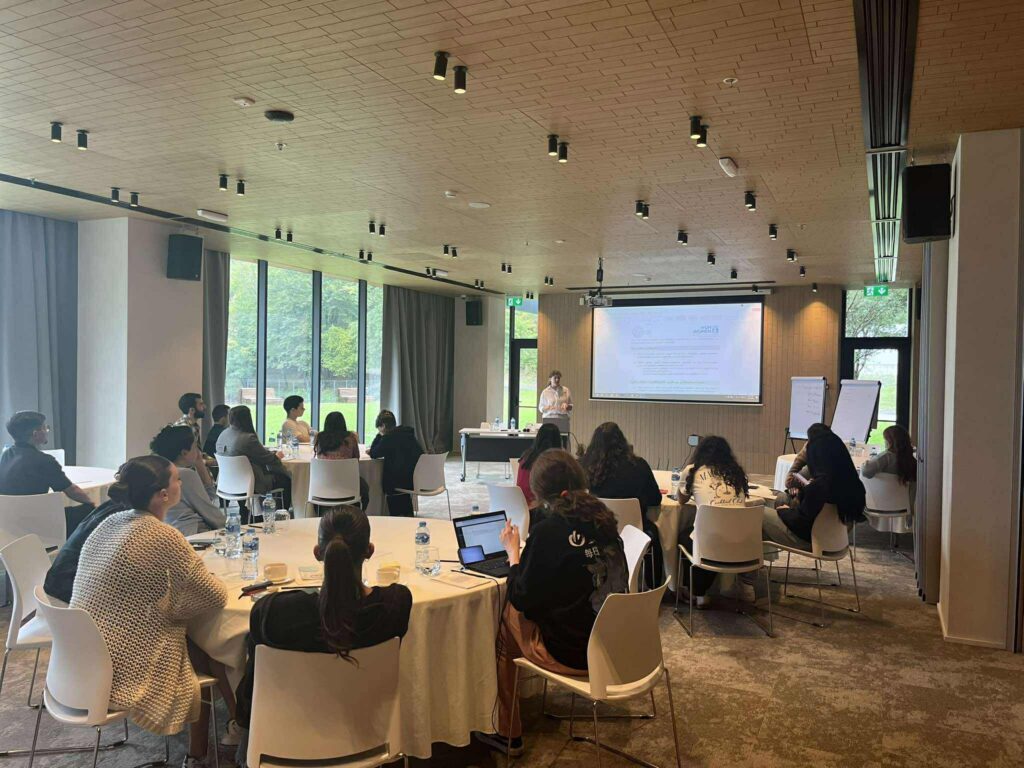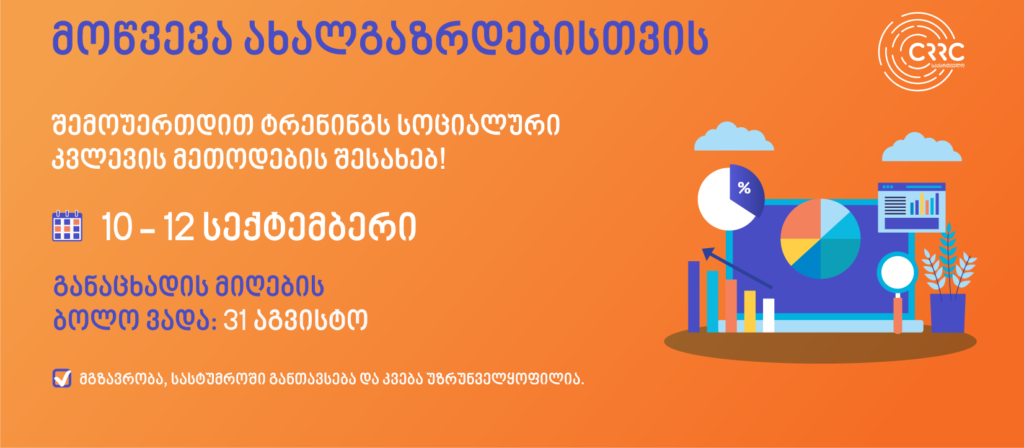The most recent NDI polling showed a decline in the direction the country was heading. Though not the direct cause by any means, the growing sense that Georgia is going in the wrong direction was likely an enabling factor for the protests that erupted in June and have continued through July in Tbilisi. The CRRC-NDI survey has tracked the direction people think the country is headed over the last decade. While numerous factors affect people’s perceptions of where the country is going, a number of events including elections and the devaluation of the Georgian Lari against the US Dollar appear to show up in CRRC-Georgia and the National Democratic Institute’s data. This blog provides an overview of how views of the direction the country is headed in have changed over time.
In 2009, 40% of Georgians reported that the country was going into the right direction. Attitudes improved from this period to February 2012 when it reached the highest recorded share of positive response on the survey. Attitudes dipped slightly afterward, but remained generally positive, until there was a sharp rise in people reporting that the country was not changing in June 2013. This was a period of relatively tense co-habitation between then President Mikheil Saakasvhili and the newly in office Georgian Dream coalition. It was also the start of the pre-electoral period for the presidential race which resulted in Giorgi Margvelashvili winning the elections. In the November 2013 survey, immediately following Margvelashvili’s electoral victory, there was a spike in people saying the country was headed in the right direction and a drop in people reporting that the country was not changing and saying it was going in the wrong direction.
While attitudes shot up following Margvelashvili’s electoral victory, optimism was short-lived. In the wave of survey after the pre-electoral one, attitudes returned to levels comparable to prior to Margvelashvili’s electoral victory. In the subsequent wave of the survey, attitudes were similar, and then experienced a precipitous decline between August 2014 and April 2015. Not only was there a decline in positive attitudes, but also a sharp increase in the number of people reporting that the country was going in the wrong direction. One likely contributor to this rise in pessimism is the devaluation of the Georgian Lari, which started in October 2014 and continued during this period. Notably, this was the first time that the survey had recorded more people having negative than positive outlooks for the country in the history of the survey.
Between March and November 2016, attitudes recovered to a certain extent though similar shares of people reported that the country was not changing, going in the wrong direction, and going in the right direction. This recovery might be associated with the 2016 elections as negative attitudes peaked as elections approached and then become less negative after elections.
In June 2018, during the pre-electoral period for the presidential race, more people started to report that the country was not changing and fewer reported that it was going in the right direction. Attitudes recovered following the elections in December 2018. However, in the most recent CRRC-NDI survey in April 2019 attitudes became more negative.
Public opinion on the direction of the country has become increasingly pessimistic over the last ten year. The public mood often declines prior to and improves after elections. However, this recovery does not last long. Besides elections, the devaluation of the Georgian Lari appears to have led to a precipitous decline in people’s outlooks for the country. There are surely many other causes of changes, but these do stand out as plausible explanations for some of the larger shifts shown above.
The data used in this article is available from CRRC-Georgia’s Online Data Analysis tool.







